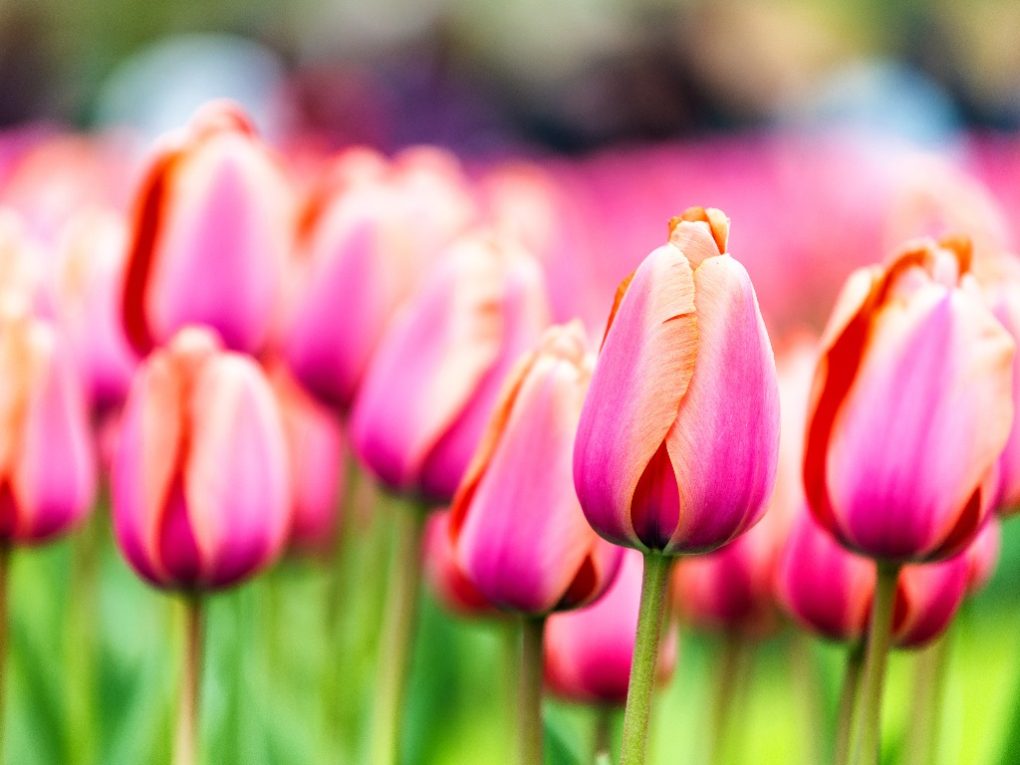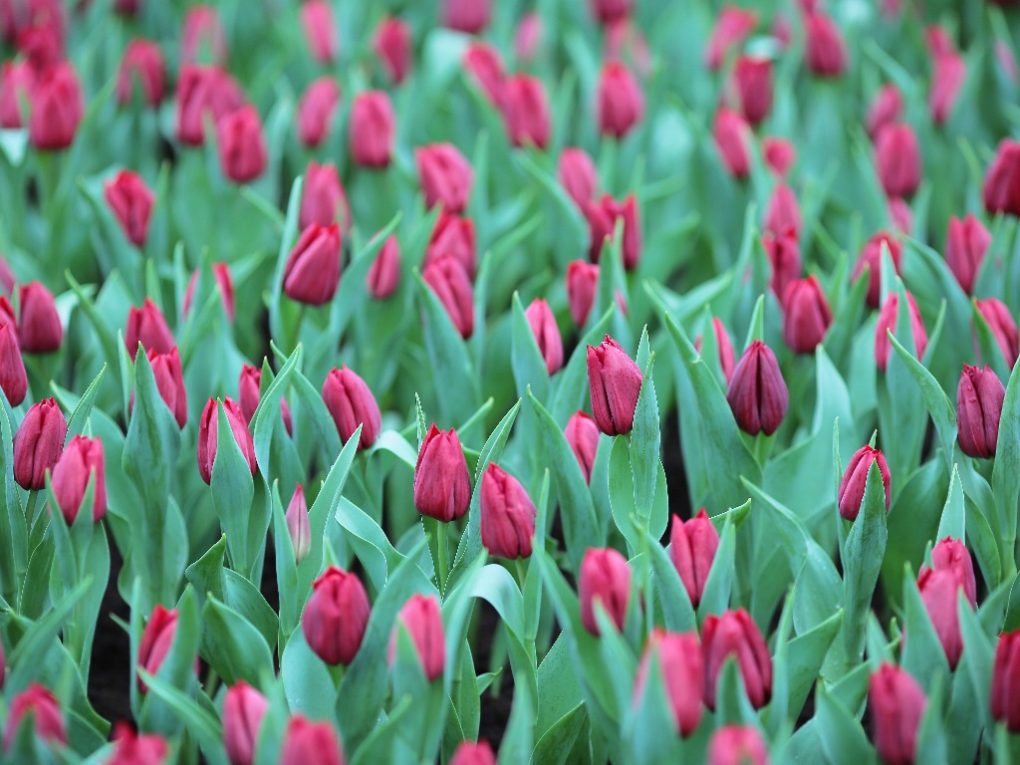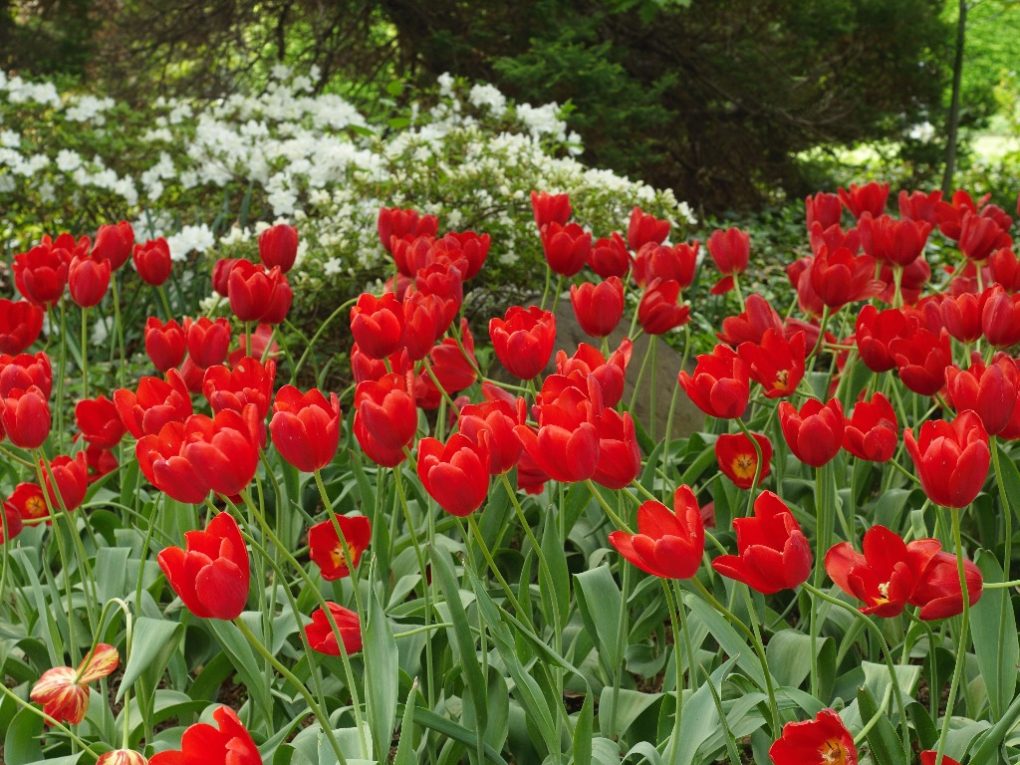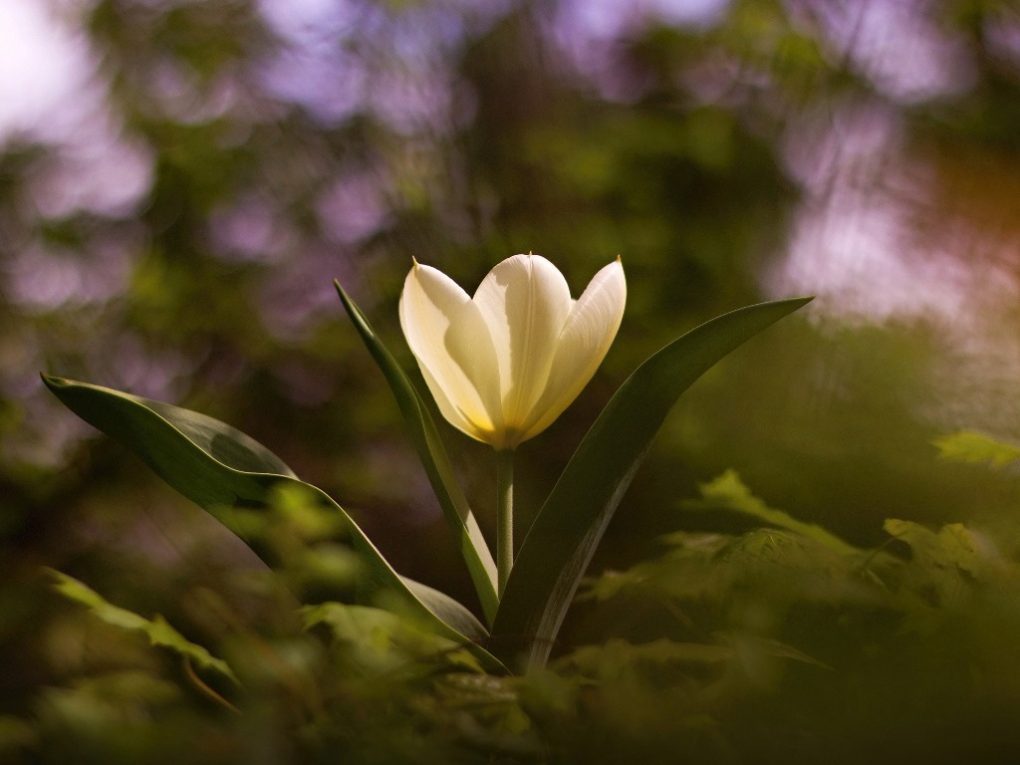Tulip: Perennial or Annual?
Tulips are a popular and beloved spring flower known for their bright colors and elegant shape. However, there often needs to be more clarity about whether tulips are annual or perennial plants. The answer is not straightforward, as it depends on several factors, including the specific variety of tulip, the climate in which it is grown, and how it is cared for.

Generally speaking, tulips are considered to be perennial bulbs. This means that they can return year after year, provided they are given the right growing conditions and care. However, the hybridization of tulips over the centuries has weakened their ability to return reliably, and many gardeners treat them as annuals, planting new bulbs each year.
Despite this, some tulip varieties are more reliably perennial than others. These include species of tulips, the original wild varieties of tulips found in nature, and some of the simpler, single-flowered cultivars. By understanding the factors that influence whether tulips are perennial or annual, gardeners can make informed decisions about caring for these beautiful flowers.
Table of Contents
Life Cycle of Tulips
The life cycle of tulips begins with the planting of bulbs in the fall. The bulbs are planted at about 6 inches in well-draining soil in a location that receives full or partial sun. During winter, the bulbs remain dormant underground, storing nutrients and preparing for spring growth.
The bulbs sprout as the weather warms up in the spring, sending up green shoots. These shoots will eventually develop into the leaves and stems of the tulip plant. As the stems grow, they produce buds that open into beautiful tulip flowers. Tulips typically bloom in the early to mid-spring, depending on the variety and the local climate.
After the flowers have bloomed and faded, the plant continues to grow and produce foliage for several weeks. During this time, the bulbs are once again storing nutrients and preparing for their period of dormancy.
In the summer, the foliage begins to die back, and the plant again goes dormant. The bulbs remain underground until the following fall when the cycle begins anew by planting new bulbs. With proper care and maintenance, tulips can continue to bloom year after year, providing a beautiful display of color in the early spring garden.
Perennial Tulips
Characteristics

Perennial tulips are a great option for those who want to enjoy beautiful tulip blooms year after year. Unlike annual tulips, which need to be replanted yearly, perennial tulips can return year after year with proper care. These tulips are known for their natural look, with bulbs of different sizes producing flowers of varying heights and sizes.
Perennial tulips are also known to be hardy and can withstand harsh winter weather, making them a great option for gardeners in colder climates. They can also be left in the ground for several years without needing to be dug up and replanted yearly.
Growing Perennial Tulips
Choosing a location with well-draining soil is important when planting perennial tulips, as they do not tolerate wet soil very well, according to Old Farmer’s Almanac. They also need to be planted in an area with full sun or partial shade and should be planted in the fall before the ground freezes.
It is important to plant the bulbs at the proper depth, with the pointed end facing upward, and to water them well after planting. Perennial tulips should be watered regularly but not overwatered, which can lead to root rot.
Perennial tulips can also benefit from a layer of mulch in the winter to protect the bulbs from freezing temperatures. In the spring, it is important to remove the mulch to allow the tulips to emerge and bloom.
Varieties
There are many varieties of perennial tulips, each with unique colors and characteristics. Some popular varieties include:
| Variety | Color | Height |
| Angelique | Pink and white | 16-18 inches |
| Black Parrot | Dark purple | 18-22 inches |
| Queen of Night | Dark red | 22-24 inches |
| Red Emperor | Bright red | 18-20 inches |
These are just a few examples of the various varieties of perennial tulips available. Gardeners can choose from various colors and sizes to create a beautiful and unique tulip garden that will bloom year after year.

Annual Tulips
Characteristics
Annual tulips are not a specific type of tulip but rather a term used to describe them as annuals, meaning they are planted from seed or bulbs each year and do not return the following year.
Annual tulips are typically smaller than perennial tulips, with shorter stems and smaller blooms. They also have a shorter lifespan, usually only lasting for a few weeks before they start to wither and die.
Growing
I’ve grown annual tulips, which are relatively easy as they require minimal care and maintenance. They prefer well-drained soil and full sun, although they can tolerate some shade. They should be planted around 6-8 weeks before the first frost in the fall.
When planting annual tulips, choosing a location that receives adequate sunlight and has well-drained soil is important. The bulbs should be planted around 6 inches, with the pointed end facing up. After planting, the soil should be watered thoroughly to help the bulbs settle in.
Popular Varieties of Annual Tulips
There are many varieties of annual tulips, each with unique characteristics and color schemes. Some of the most popular varieties include:
- Apeldoorn Elite – a bright red tulip with a yellow center
- Golden Apeldoorn – a yellow tulip with a red center
- Red Riding Hood – a deep red tulip with a black center
- Princess Irene – a vibrant orange tulip with purple markings
- White Dream – a pure white tulip with a yellow center

Annual tulips are a great choice for gardeners who want to add color to their garden without committing to long-term maintenance. With minimal care and attention, these tulips can provide a stunning display of color and beauty in the springtime.
